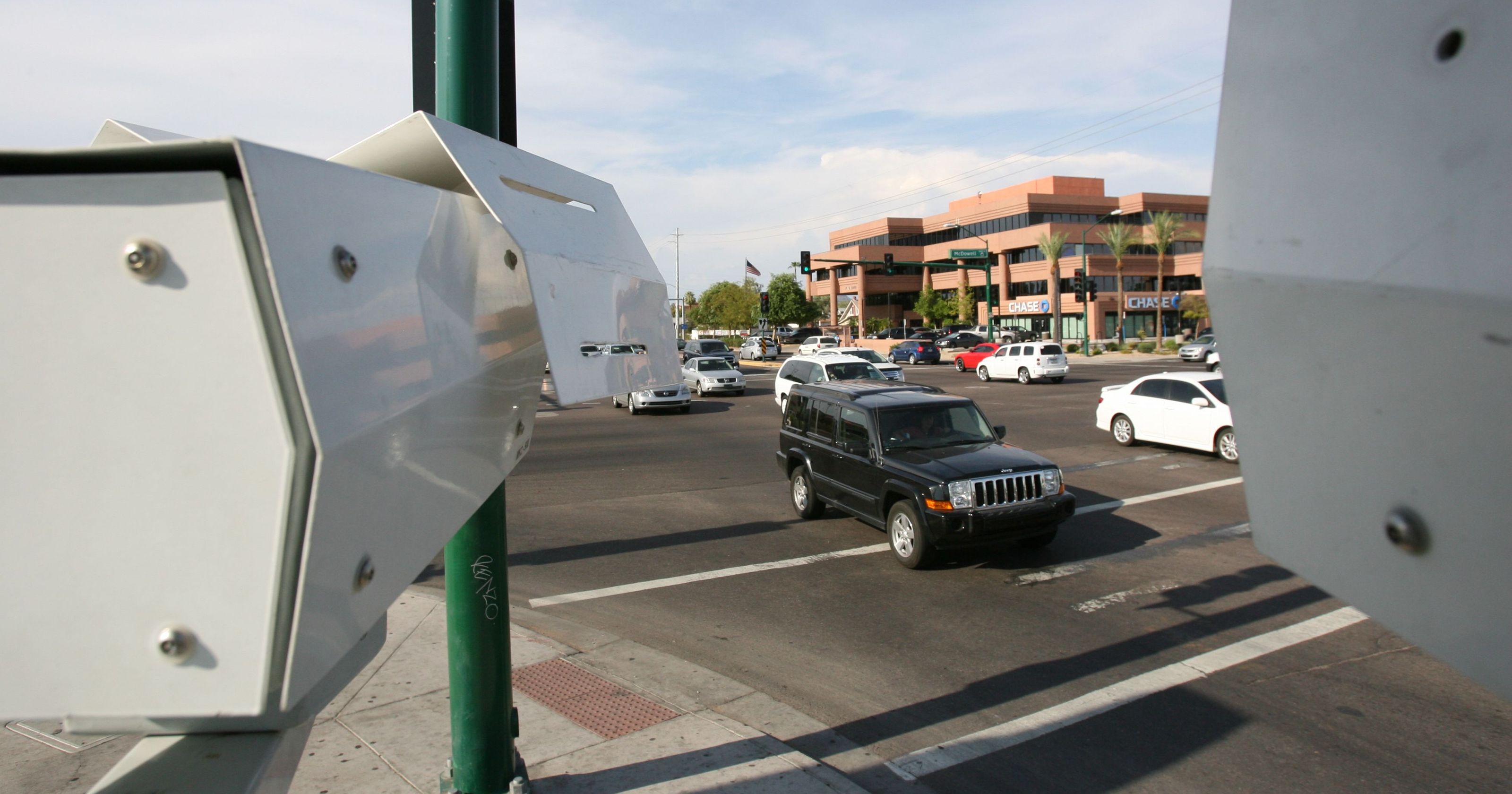TransAnalyst provides reports on a Signal jump, Lane crossing, Back queue, Access or leave parking, Overtaking, U-turns, Standing on a dual carriageway, Occupants exit at the intersection, Hoon type behaviors, non-designated pads crossing, vehicle conflicts/near miss, Opposite driving, etc. A traffic violation is a violation of the law committed by the driver of a vehicle while it is in motion. The term “motion” identifies it from other vehicle violations, such as paperwork violations (which include violations involving automobile insurance, registration, and inspection), parking violations, or equipment violations. While some violations, like parking violations, are civil matters involving a vehicle’s owner, moving violations are charged against the actual driver.
Moving violations are usually classified as infractions or violations, but serious violations such as a hit and run, driving under the determine, and road passion can be considered felonies. A queue jump is a type of roadway geometry used to provide priority to buses at intersections, often found in bus speedy transit systems. It consists of an additional travel lane on the coming to a signalized intersection. This lane is often bonded to transit vehicles only. A queue jump lane usually comes with by a signal which provides a phase specifically for vehicles within the queue jump. Vehicles in the queue jump lane get a “head-start” over other queued vehicles and can, therefore, unify into the regular travel lanes immediately beyond the signal. The intent of the lane is to allow the higher-capacity vehicles to cut to the front of the queue, reducing the delay caused by the signal and improving the operational efficiency of the transit system.

Queue jumps are only efficient in certain situations. First, there has to be a surviving origin of the delay or roadway congestion; if there is no congestion and the normal traffic signal is usually green, then the bus driver has no way to move into the queue jump. The length of the queue jump lane needs to be long enough to provide meaningful time savings. Queue jumps can also be used in situations such as bus stop pullouts or at the end of a bus-only lane, in order to help rush the bus merge into traffic.
Overtaking or passing is the act of one vehicle going fast another slower moving vehicle, traveling in the same direction, on a road. The lane used for overtaking another vehicle is almost always a passing lane further from the roadside, which is to the right in places that drive on the left and to the left in places that drive on the right.